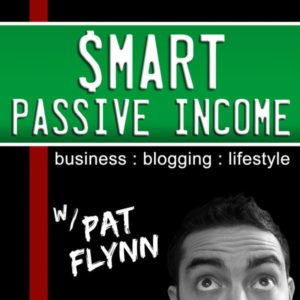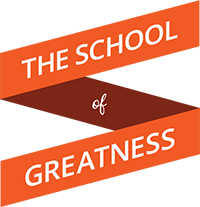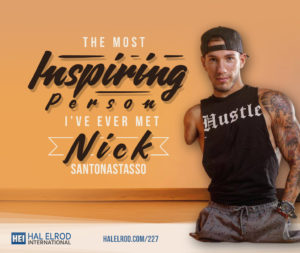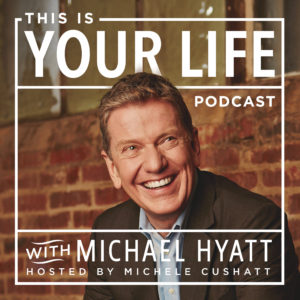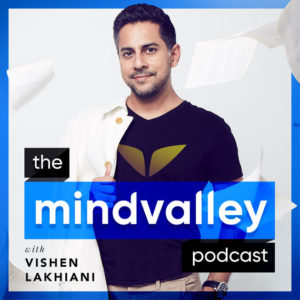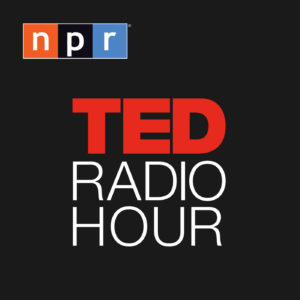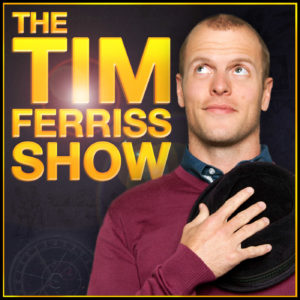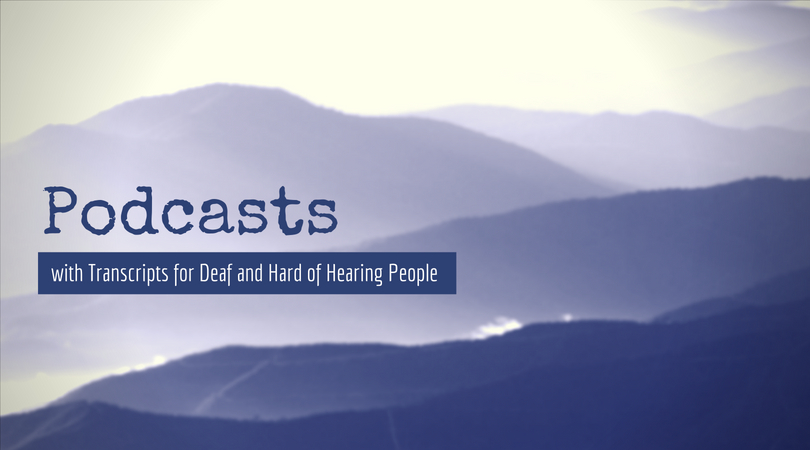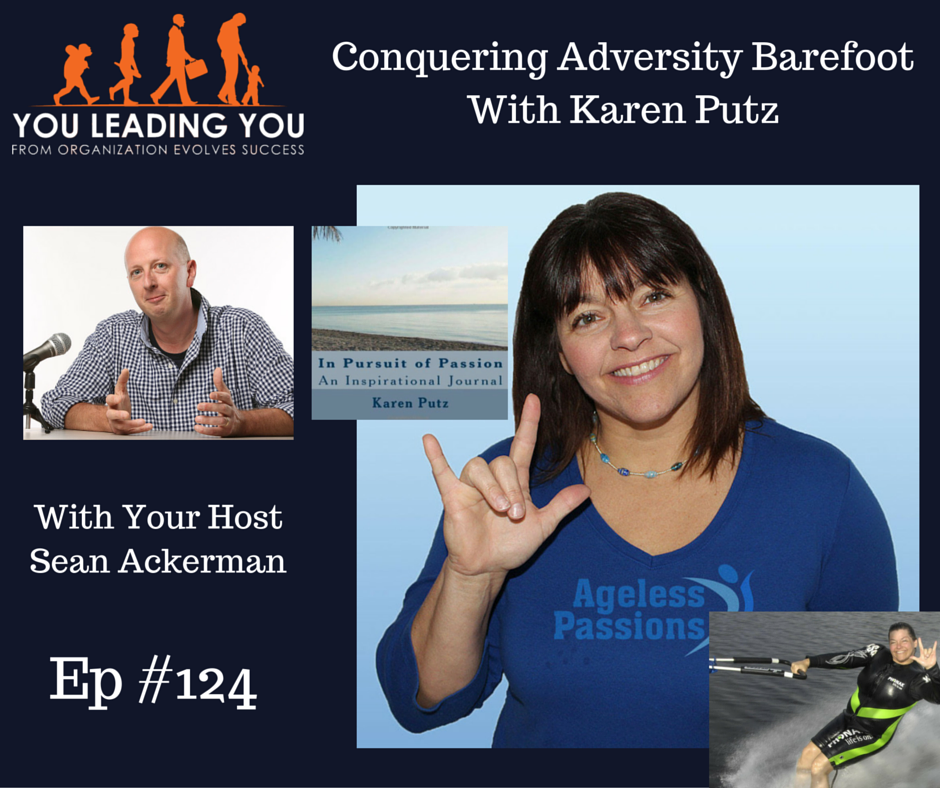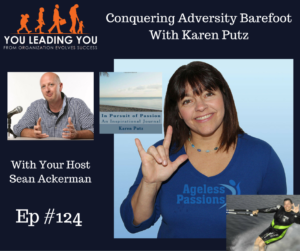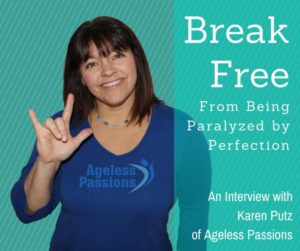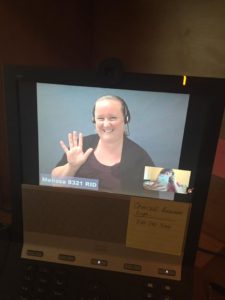
Tell me about your job, career, or calling. How did you get into this line of work?
I’m a software engineer. I started out working for a company that built PC software for hospital radiology departments, then I worked for an academic publisher and then for the molecular imaging department of a corporate behemoth. After those jobs I wanted to get more into the Web and joined another academic publisher, which is where I am today, I build and maintain numerous websites and other systems.
I got my first computer when I was about eight years old, it was a ZX Spectrum 48k. A few friends had a Spectrum too and we spent countless hours playing all of the great games that were released for the machine; classics like Horace Goes Skiing and Jet Set Willy had us glued for hours but look and play horribly when compared to today’s XBox and Playstation blockbusters.
It was those games that got me into software development: I didn’t just want to play them I had to know how they worked too. I taught myself how to program the Spectrum so I could make my own games. I wanted to make games for a living, which I never quite did but my fascination with software took me into programming for businesses and website development.
What is the best part of your job, career, or calling?
Software development is constantly evolving and new ideas and ways to write programs are appearing all the time. I’ve been writing software professionally for 19 years and I’m still learning new things every day. That’s the most exciting thing. You have to stay on your toes, keep learning, finding new and better ways of creating. Software development is still a fairly young discipline and we’re all still really working out the best way to go about it! People are pushing it in all different directions and it is very interesting to watch and learn from.
What are some of the challenges?
Most offices these days are open-plan, which isn’t great for someone with a hearing problem. There’s a lot of noise coming from all directions and hearing is a challenge. I am constantly surprised by how well, and how far, other people can hear across the open-plan desks – I’ll be having a conversation with someone next to me and another person from several desks down will chip into the conversation, how can they hear from way down there?! I have to constantly remind myself that others can, and will be, listening into the conversation I’m having at my desk. If we ever shuffle seats then I try and get a seat with a wall at my back so that the directions that voices are coming from is reduced a little bit.
The telephone is of course a major problem. I’m generally not great with phones but the office is worst of all, the background noise makes it impossible to hear, especially if its a call involving more than two people, its really hard to follow multiple voices. And meetings where people are using desk-phones are the bane of my life! I use instant messaging system like Skype as much as I can instead of phoning but often people want the human element of a phone call, where I can I book a meting room for myself and use a phone on loud speaker, not having the handset pressed to my ear works better for me.
Medium to large meetings are often difficult, especially when multiple people are talking. It’s not just difficult to hear in large rooms but it is very hard for me to localize the voice – I can often hear what someone aid but am not sure who said it! If I’m booking a meeting myself then I always make sure I book a small meeting room in a quiet part of the building and I always get a good seat with a wall behind me and everyone facing me – a little preparation goes a long way.
What was it like growing up deaf/hard of hearing?
I was diagnosed with a mild hearing loss when I was five. My parents got me a pair of behind-the-ear aids from the NHS, which I wore some of the time, mostly at school. I hated them. I think I wore aids at school until I was about eleven and was moving up to secondary-school – from then on, until I left school I didn’t wear them much at all. I knew I was missing some stuff but I was still getting by OK with close-by conversations and, to be honest, missing some stuff and muddling by seemed far better than wearing hearing aids to 13-year-old me. People were largely OK with my aids and I don’t remember getting teased about them at all, my reasons for not wearing them were all in my own head. By the time I was 13-15 my hearing was getting a bit worse and hearing teachers was probably the hardest part of school. Would I have done better in school if I’d worn my hearing aids? Absolutely. My grades were OK but they could have been much better had I heard what was going on!
I stupidly thought I was getting away with hiding my hearing loss, but of course I wasn’t. People knew, probably everyone knew but no-one really mentioned it, only on occasions friends with jibe a little about it but nothing nasty – it was those times that I got a bit of a wake up call and realized how much I was missing.
What advice would you give a deaf/HH person who is looking for a job, career or calling like yours?
I don’t think a hearing problem should negatively affect your ability to work in software development. More and more companies are using remote teams and communicate mostly using Skype and email, which would be idea for some with hearing loss – these companies tend to be startups or smaller businesses.
For larger companies, open-plan offices are very popular, if you get the choice of where to sit then think about the best place for you to hear; try and sit with your back to a wall, a corner seat would be the best as you minimize the sounds around you.
I have always, always, told potential employers about my hearing loss at interviews. If you try and hide it then you are setting yourself up for big problems down the line. If I enter an interview and I can hear everyone OK then I don’t mention it straight away, I leave it to the end so that I’ve hopefully already shown them I can communicate OK it certain circumstances. But always mention it and be honest about it.
For anyone wanting to get into software development a portfolio is a must. That would be an obvious thing for an artist or a graphic designer but most programmers don’t create one. If you have a strong body of work to show then you are already ahead of most people.
Steve’s site: Hearing Aid Know
